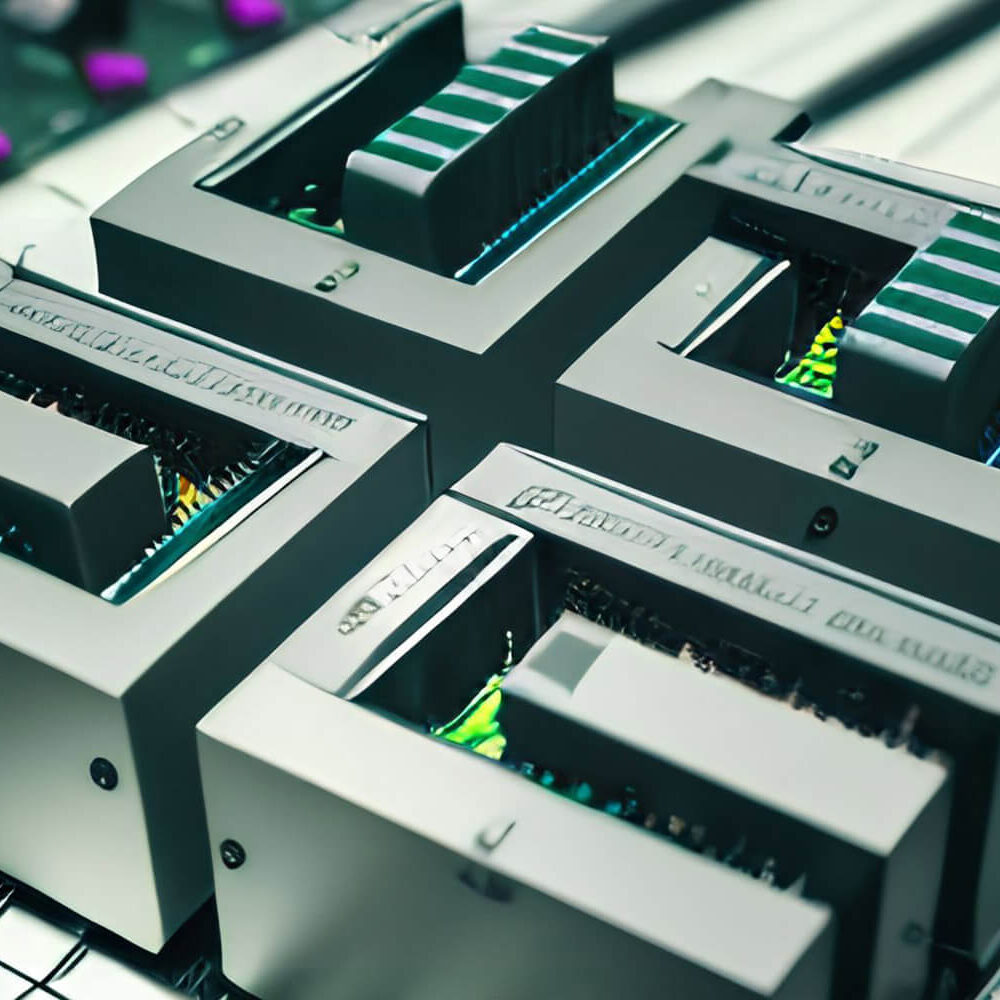Advances in artificial intelligence are shaping our everyday lives in many ways. At this point, you will have the opportunity to familiarize yourself with current applications.
The development of artificial intelligence (AI) has advanced tremendously in recent years, impacting our daily lives in a variety of ways – from personalizing online content to automating processes in industry and healthcare.
On these screens, you’ll find current application examples for artificial intelligence. Try out for yourself how these technologies work. What impact do AI applications have on our society? How do they influence our daily lives? And are AI systems always as neutral and objective as they are often presented?
Stable Diffusion
Stable Diffusion is one of numerous programmes in which you enter a simple text and an Artificial Intelligence generates matching images. This is only possible because the system first learnt which characteristic patterns certain images have on the basis of numerous labelled training data. These images were made increasingly unrecognisable by adding more and more noise. Subsequently, the most important features were to be restored by “denoising” them. Thus, by reversing this process, the system learned to create new images starting from chaotic noise. This “latent diffusion model” was developed by LMU Munich. At this station you can try out this text-to-image tool.
ChatGPT
ChatGPT is a prototype chatbot developed by the American company OpenAI that works with Artificial Intelligence. ChatGPT is based on GPT technology (Generative Pre-trained Transformer), which enables it to understand and produce complex speech patterns and contexts. In contrast, conventional chatbots are usually based on simpler rules or pattern recognition. Via chat, you write your question in an input mask and the system answers within a few seconds. The quality of the answers varies – but ChatGPT seems to find an answer to everything. You can try it out for yourself here!



